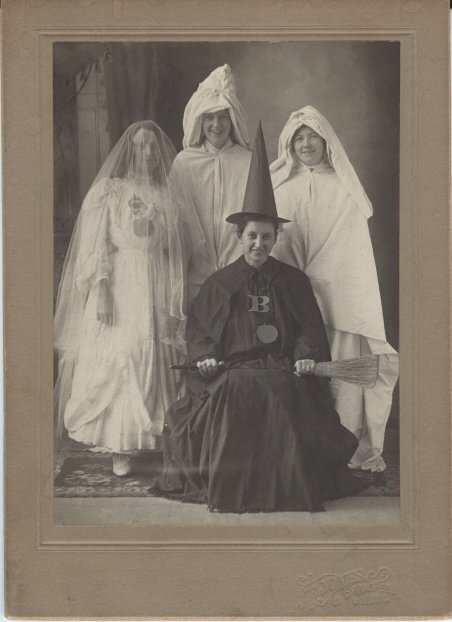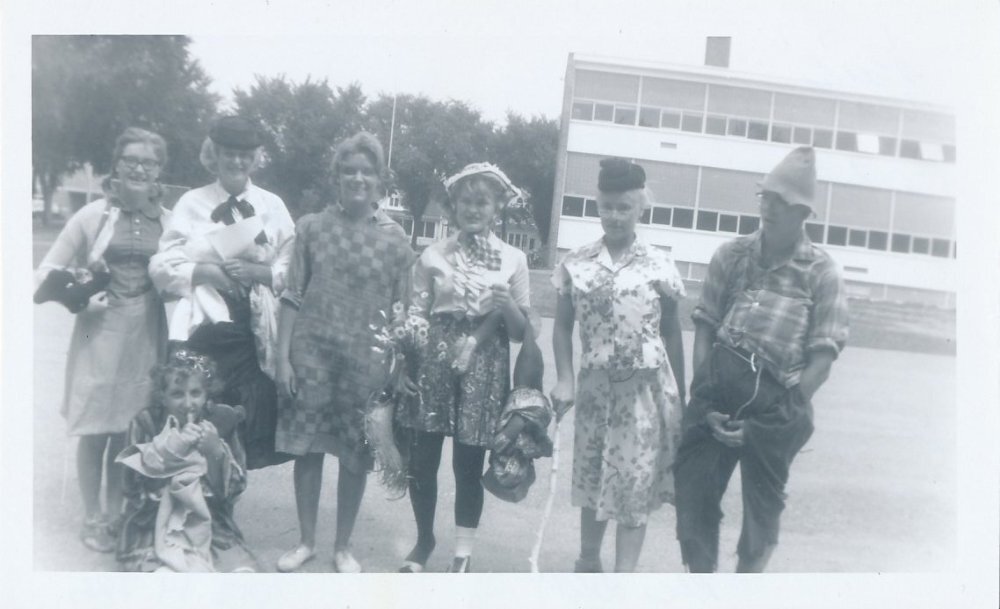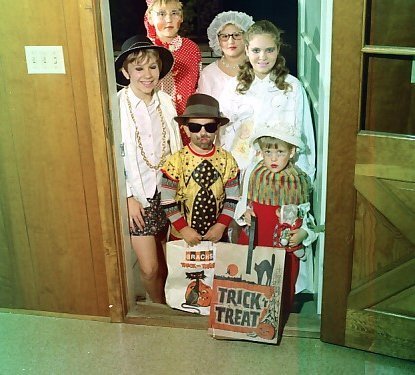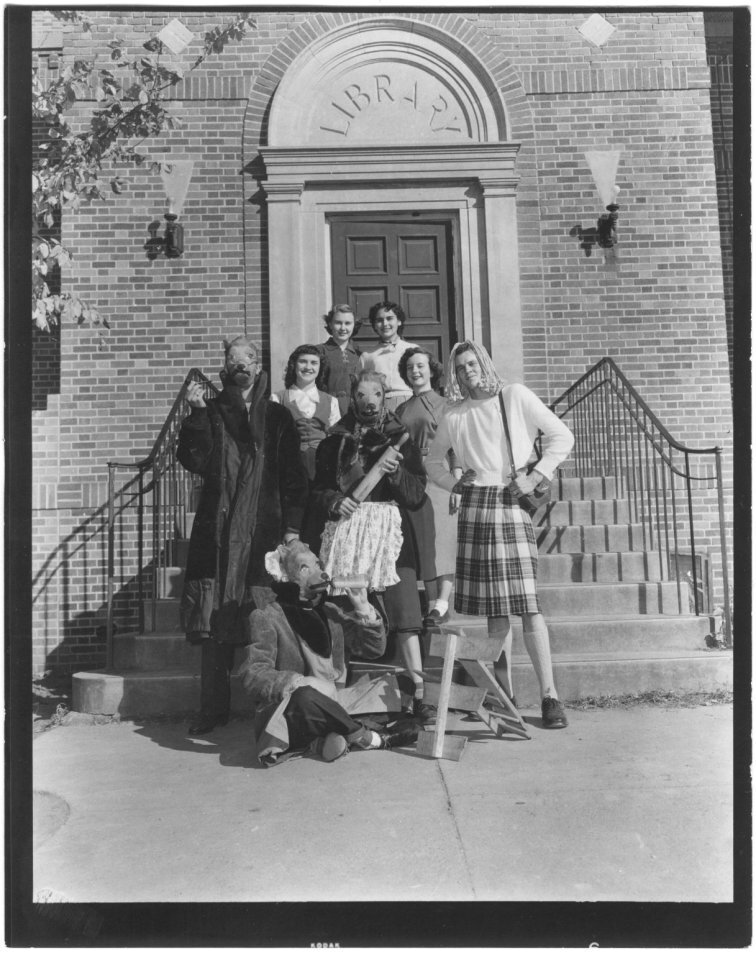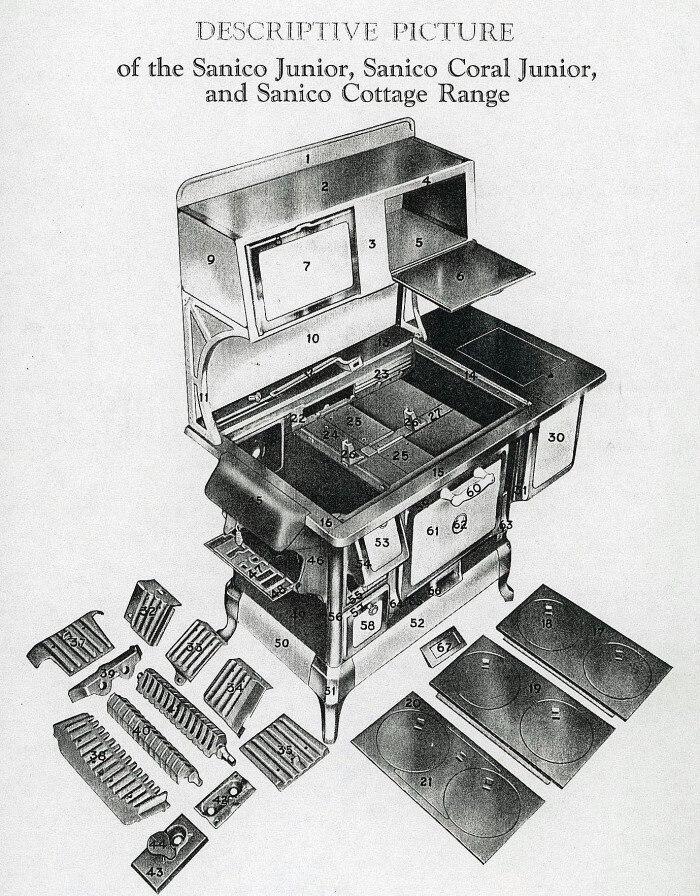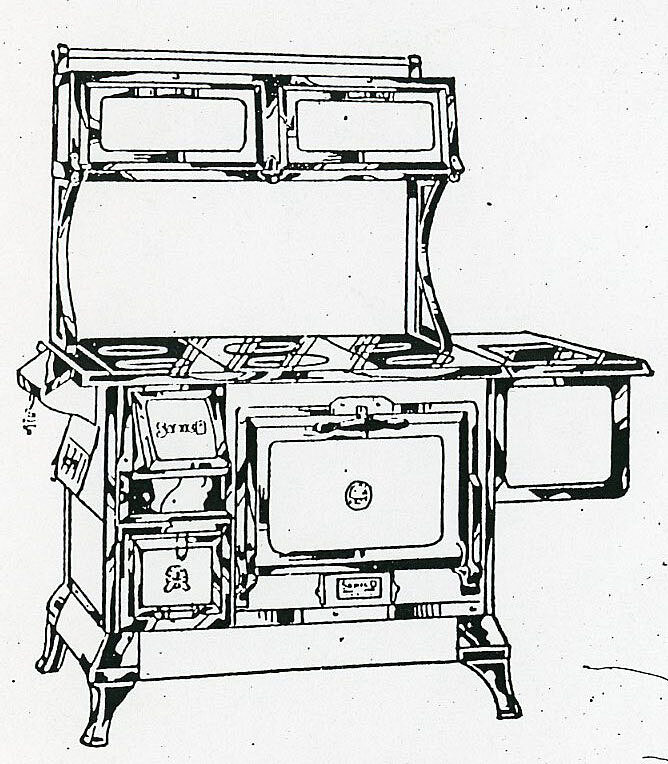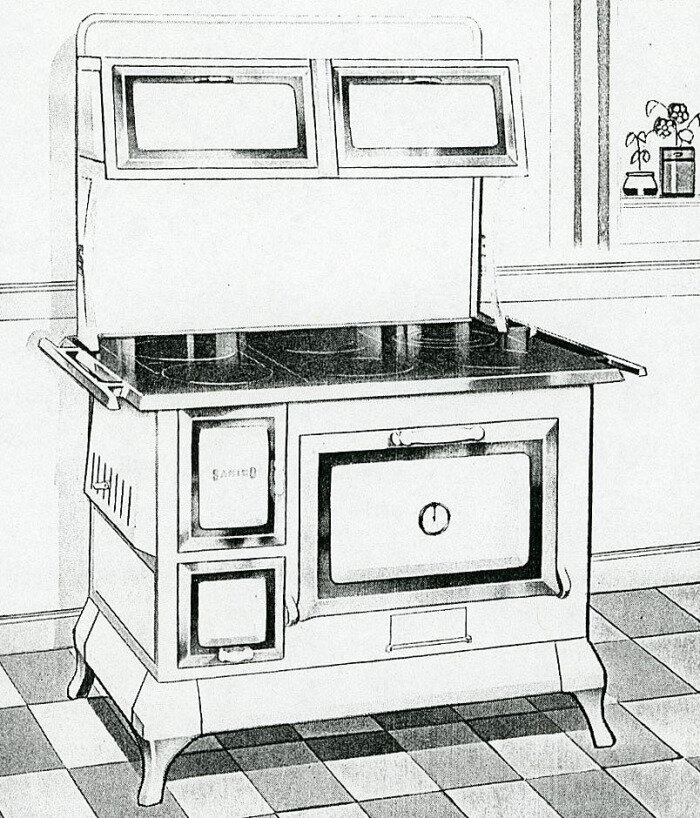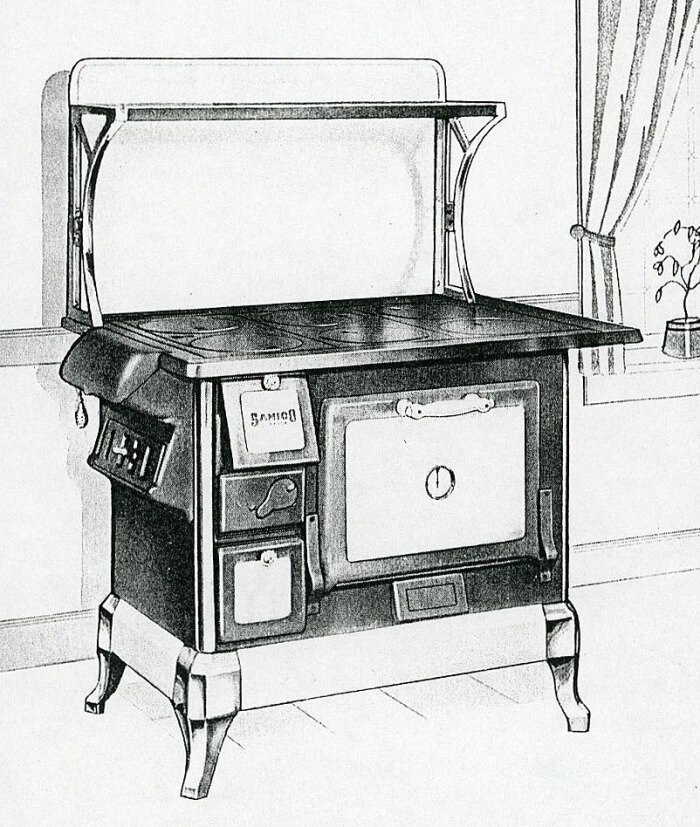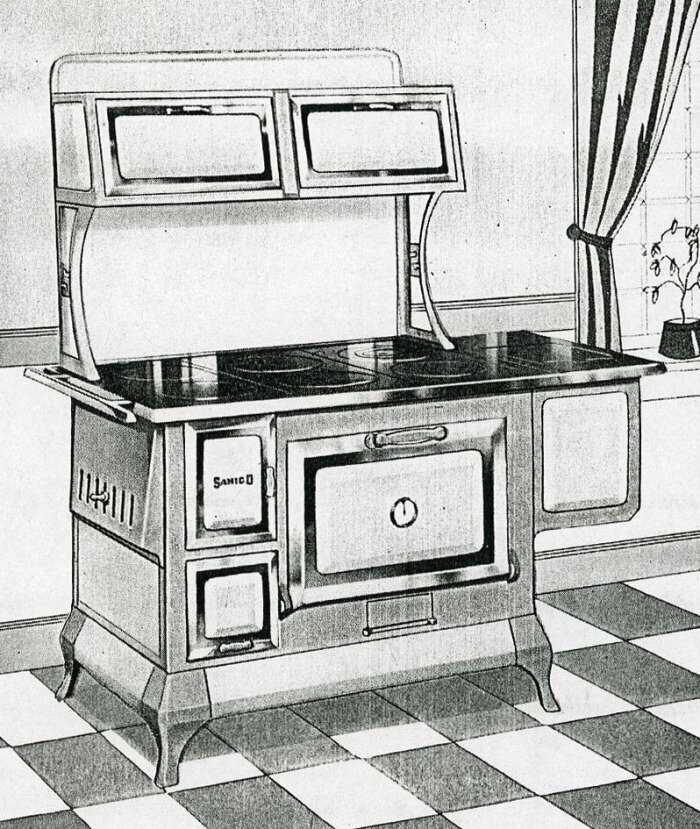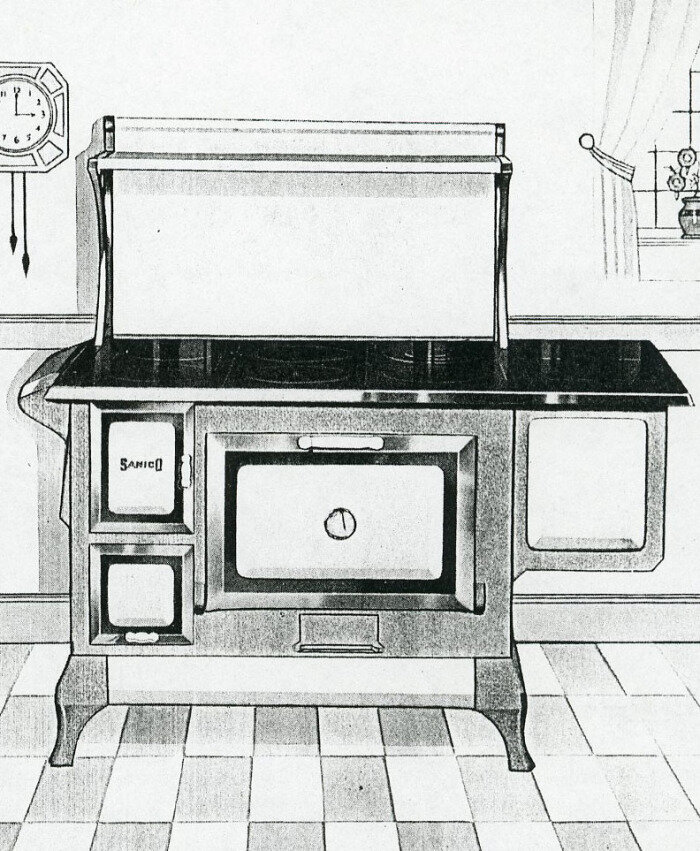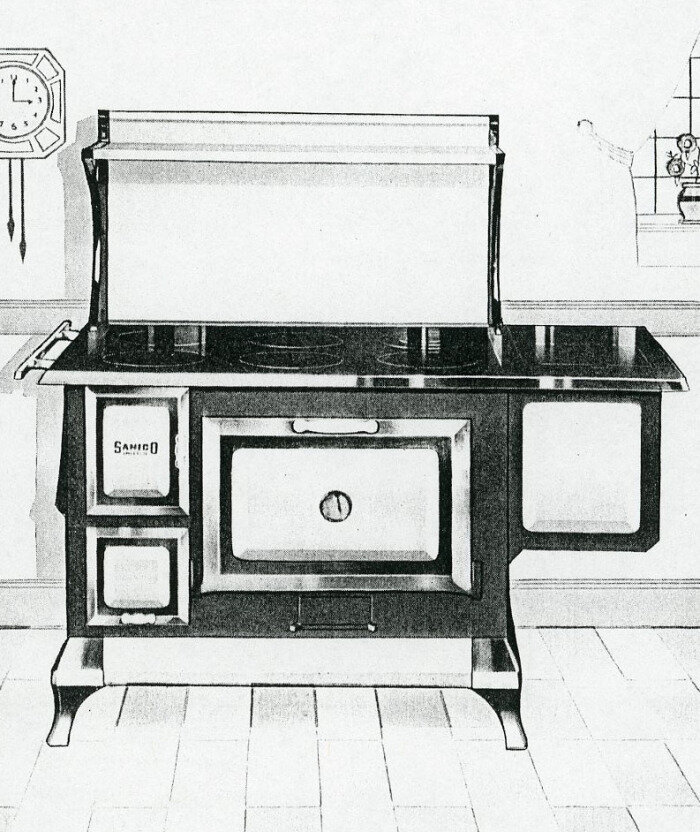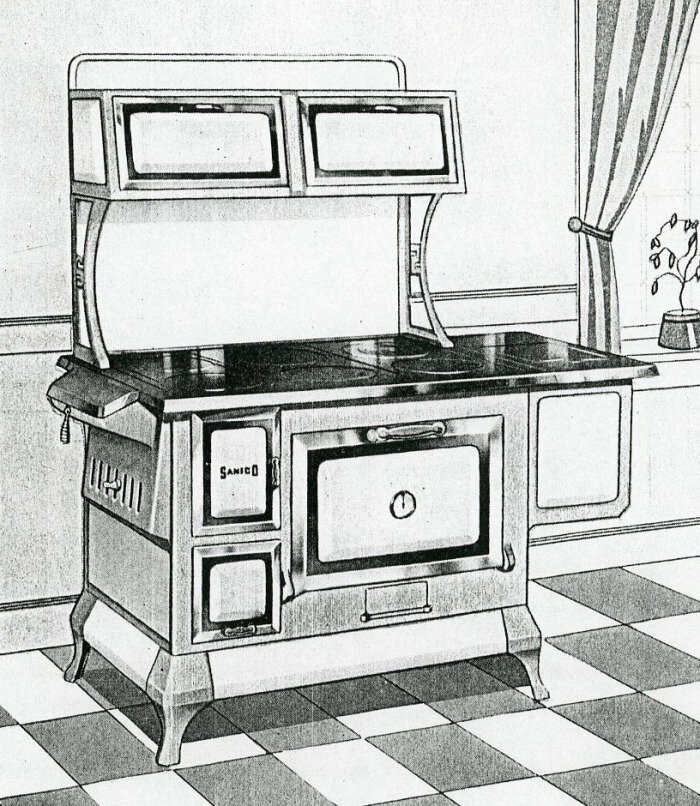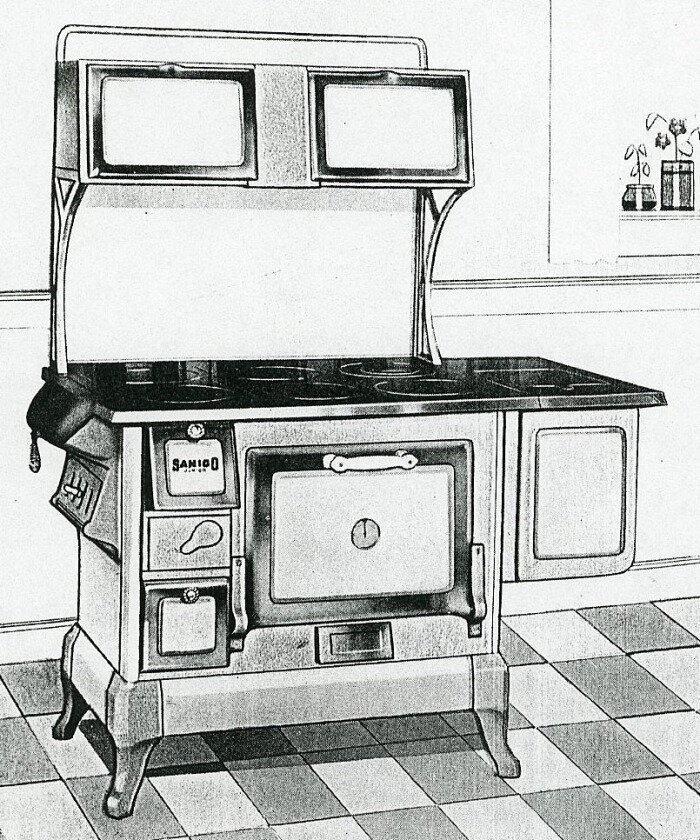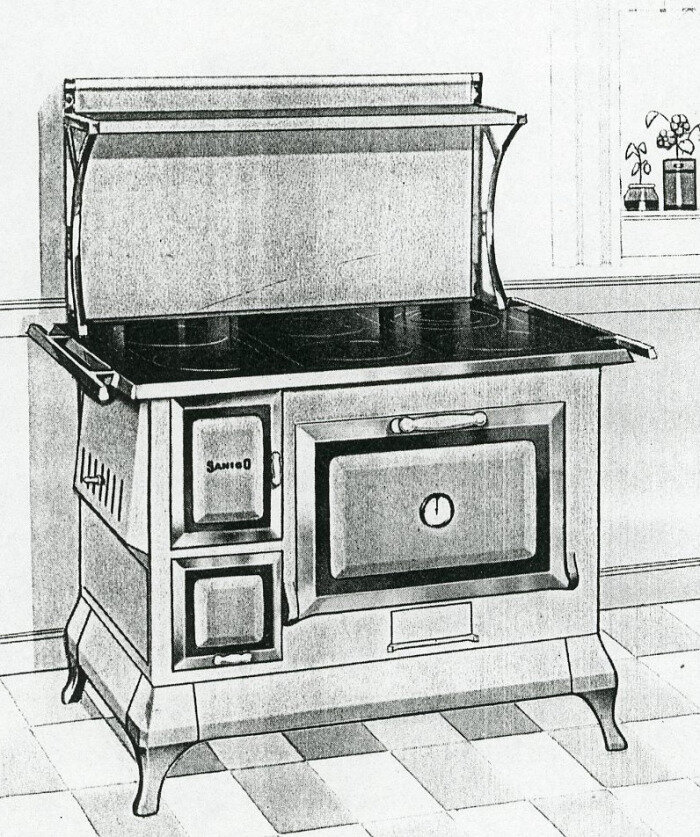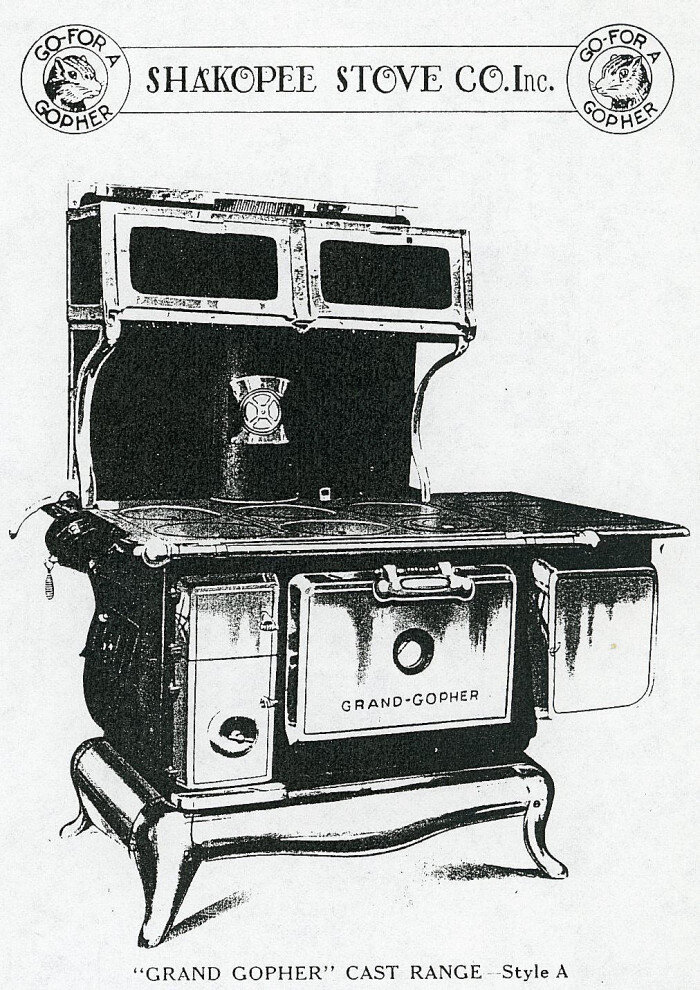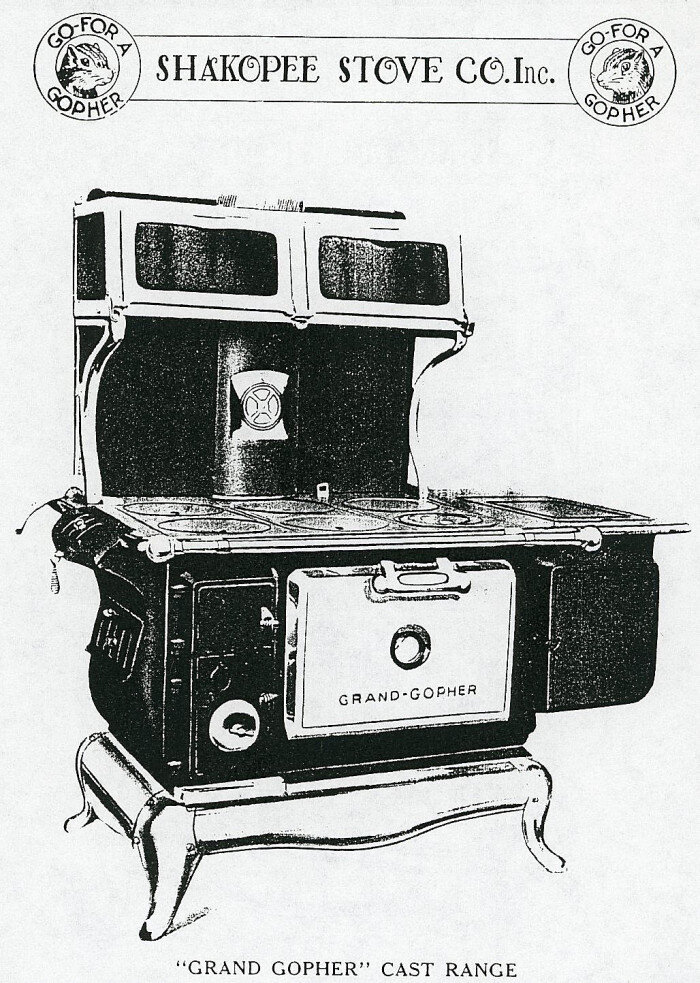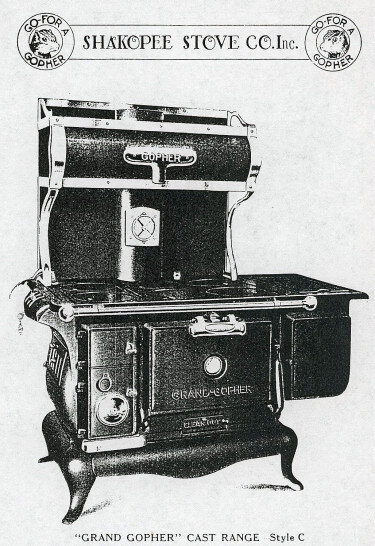Halloween in Scott County has been a fun time of year for people of all ages for generations, all the way up to today. From parades, dances, trick-or-treating, and mischief, Scott County has seen it all on Halloween. Looking through our collections and newspapers here at Scott County Historical Society, one can find quite a few stories and pictures about Halloween happenings through the years, so we’ve decided to short list of them here. In a book of recollections of life in Scott County titled As I Remember Scott County, Leo Michael, of Jordan, recalls causing a bit of mischief in his boyhood days. Following a late football practice, he and some of his friends “dismantled a wagon into small sections and dropped them into a well” and then went on to find an outhouse, but soon after trying to tip it, a voice emerged from it saying, “Take it easy there boys!” Rather than inconveniencing a lot of people, Leo and his friends opted to attend their school dance instead, saving more mischief for a later day. In the same book, Lucille Grafenstalte Hirscher, of Shakopee, remembered attending a Halloween party with her mother as a young girl to see all the costumes. She recalled a meeting with someone she’d never forget, the Devil, or at least what she imagined he looked like. “He really was my idea of the devil. All dressed in red, complete with his horns, a tail, and a pitch fork.” She remembered being frightened for quite a while after, that is until she realized that the devil was, in fact, her grocer.
Scott County Newspapers also chronicled Halloween through the years, reporting where all the festivities could be found and on the fun that was had during those activities. From Jordan, Belle Plaine, and Shakopee, each town has had their own festivities through the years. The Shakopee Valley News, for example, covered Miss Day’s third grade class presentation of “Three Little Witches” from Prior Lake Elementary in 1968, which was reportedly “delightful”. It’s also been a tradition for schools from elementary through high school to host dances and parties, along with groups like the American Legion, Jordan Commercial Club, and the Lions. The papers would often report on the numbers of participants at the events; 1967 Jordan saw over 1,000 children and teens attend events thrown by the Legion Auxiliary and the Commercial Club, while 1966 Shakopee saw a record high of 2,052 attend their parties. The fun wasn’t just for the kids though! Members of the Shakopee “Golden Age Club” often helped residents of the Valley View Nursing Home in Jordan celebrate Halloween with a party of their own.
All of us here at the Scott County Historical Society would like to wish everyone a safe and happy Halloween. If you have any Scott County Halloween stories of your own that you’d like to share, we’d love to hear them in the comments!
